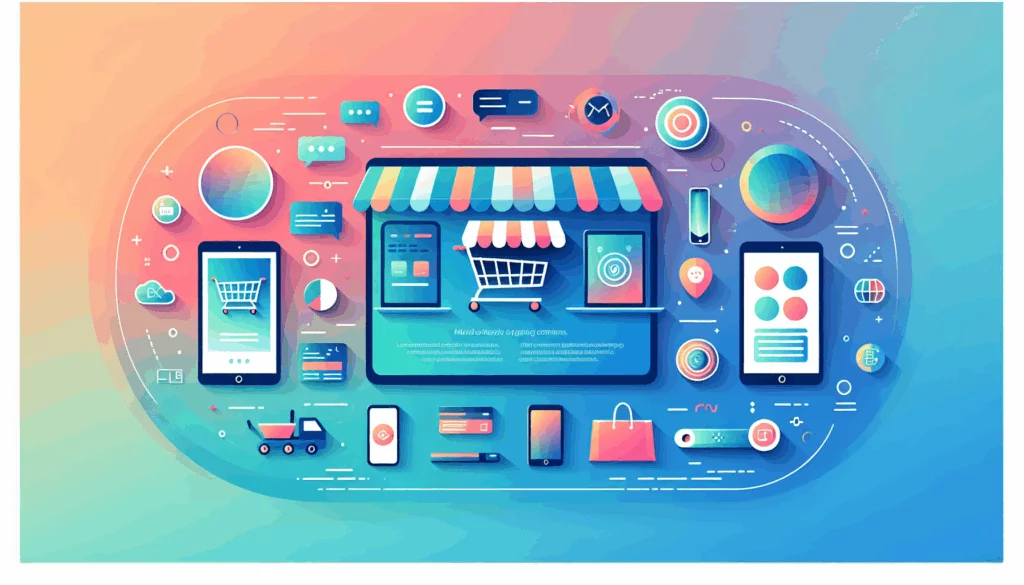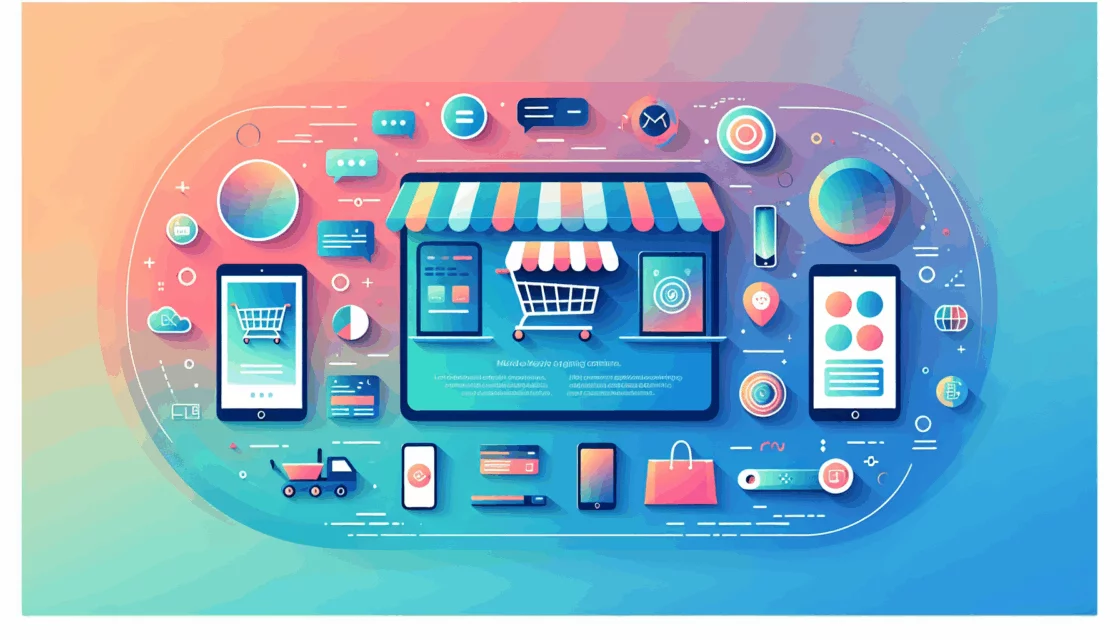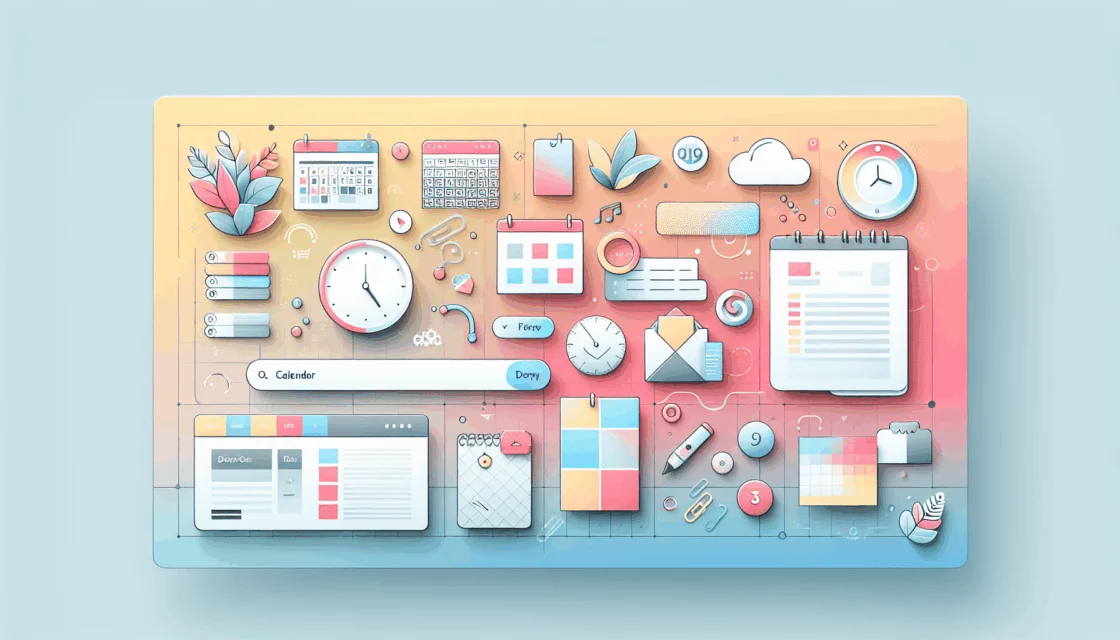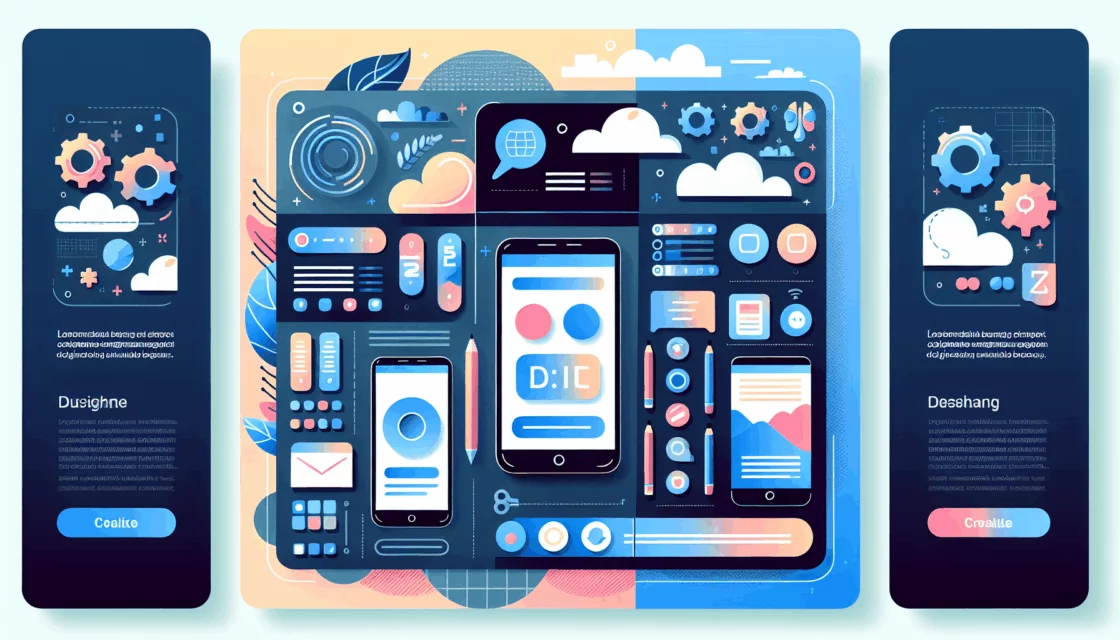
In today’s fast-paced digital landscape, creating complex digital products requires a comprehensive approach that integrates design, collaboration, and efficiency. Figma, a leading design tool, has revolutionized the way teams approach product design by offering a suite of features that simplify the design process, enhance collaboration, and streamline workflows. Whether you’re a designer, developer, or project manager, understanding how Figma can support your work is crucial for success.
The Power of Figma in Design
Figma is more than just a design tool; it’s a platform that empowers teams to work together seamlessly, from ideation to handoff. Its web-based flexibility allows users to access and work on UX projects from any location, offering a significant advantage over traditional desktop apps. This flexibility is particularly important for distributed teams or those working remotely.
Key Features of Figma
Real-Time Collaboration
Figma’s real-time collaboration capabilities enable teams to work together seamlessly, sharing ideas, and iterating designs on the fly. This feature is especially crucial when working on complex designs that require input and validation from multiple stakeholders.
Integrated UX Toolset
Figma offers a comprehensive set of tools that cover every stage of the UX design process, from wireframing to prototyping. This means designers can focus more on creativity and problem-solving rather than switching between different tools.
Streamlined Design-to-Development Handoff
Figma’s Dev Mode facilitates a smooth transition to development by providing precise specifications, ensuring that design and development teams are aligned and working with the same vision.
Case Studies and Examples
Companies like Canyon and Zalando have successfully integrated Figma into their design processes. By bringing stakeholders directly into Figma files, these companies have improved understanding and alignment across their teams. This approach has been particularly effective for tasks like copywriting, where seeing content in context is far more impactful than reviewing it in a spreadsheet.
Designing Complex Digital Products with Figma
Complex digital products require a deep understanding of user needs and a robust design system. Figma supports this by allowing designers to create detailed, user-centric designs and manage intricate design systems efficiently.
Managing Complex Design Systems
Figma’s powerful features streamline the management of complex design systems, ensuring consistency and alignment across teams. This is achieved through shared company-wide design systems that are accessible and easy to use.
Interactive Prototypes and Mockups
Figma’s tools enable designers to create interactive prototypes and mockups, which are essential for testing and validating design concepts. This capability helps ensure that products meet user needs early in the development cycle.
Real-World Collaboration Tools
Tools like FigJam facilitate brainstorming and workshops, further enhancing collaboration and creativity within teams. Additionally, Figma Slides helps create engaging presentations that incorporate interactive elements, making design presentations more compelling and effective.
How Figma Enhances Productivity
By integrating design tools, collaboration features, and streamlined workflows, Figma enhances productivity across the product development cycle. It ensures that teams can work more efficiently, focusing on creativity and problem-solving rather than managing different tools or platforms.
Web-Based Flexibility and Accessibility
Figma’s cloud-based nature means that users can access and work on projects from anywhere, reducing barriers to collaboration and increasing flexibility for distributed teams.
Consistency and Alignment Across Teams
Figma’s design systems ensure consistency and alignment across teams, which is critical for maintaining a cohesive brand identity and user experience across complex digital products.
Leveraging Figma for Scalability
As companies scale, their design processes need to adapt to meet growing demands. Figma helps by bringing every step of the design process into one place, accelerating design workflows with shared design systems, and fostering inclusivity in the product team process.
Inclusive Design Process
Figma’s tools are designed to be accessible and easy to use, allowing stakeholders from various backgrounds to participate in the design process. This inclusivity ensures that designs are more comprehensive and meet a broader range of user needs.
Accelerating Design Workflows
By consolidating design tools and processes within a single platform, Figma accelerates the design-to-development pipeline, enabling companies to bring products to market faster.
Conclusion and Next Steps
In conclusion, Figma is an indispensable tool for designing complex digital products. Its real-time collaboration features, integrated UX toolset, and streamlined workflows make it a powerful platform for enhancing productivity and ensuring high-quality designs. Whether you’re looking to improve collaboration, streamline design processes, or accelerate product development, Figma offers a comprehensive solution.
If you’re interested in exploring how Figma can support your design goals, consider reaching out to our team at Belov Digital Agency for more information on integrating Figma into your design workflow. Additionally, if you’re looking for efficient hosting solutions to support your digital projects, check out Kinsta for scalable and reliable hosting options.
For more insights into design tools and workflows, visit our blog at Belov Digital for articles on design, development, and digital innovation.













